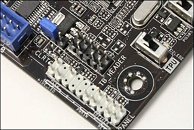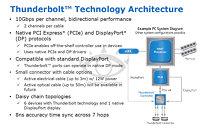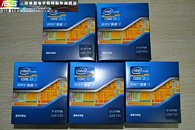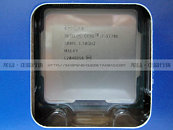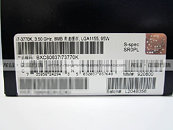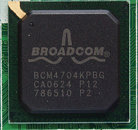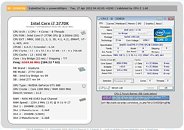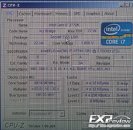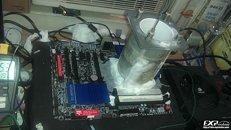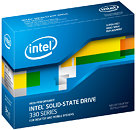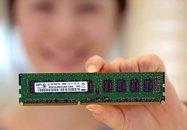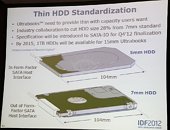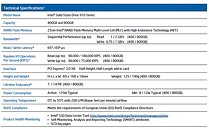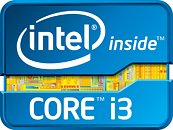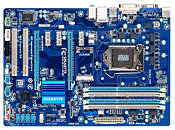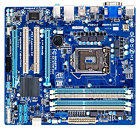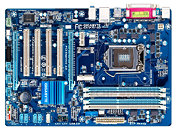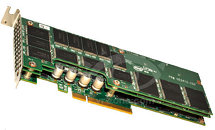
Intel Xeon E3 "Ivy Bridge" Processors Start Shipping in June
Intel is expected to start shipping Xeon E3 processors based on 22 nm "Ivy Bridge" silicon within June, according to a DigiTimes report. A key feature of the new Xeon chips driving its advent is support for PCI-Express 3.0, which could greatly increase bandwidth for compatible add-on cards and controllers. Ivy Bridge allows PCI-Express lanes from the processor root complex to be split into x16, x8, and even x4 links, which greatly increase bandwidth from previous-generation PCI-Express 2.0 bus. Built in the LGA1155 package, the new Xeon chips will be compatible with existing platforms that run Xeon Sandy Bridge processors, as well as new lines of server/workstation motherboards that feature PCI-Express 3.0 expansion. We know from a slightly older report that Intel will launch low-voltage Xeon processors around this time.


